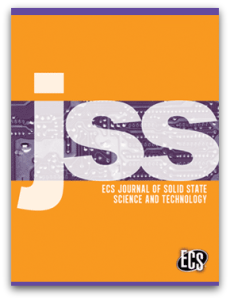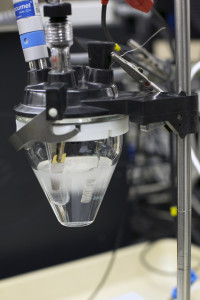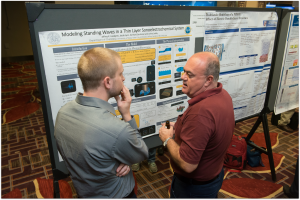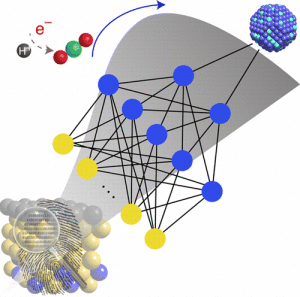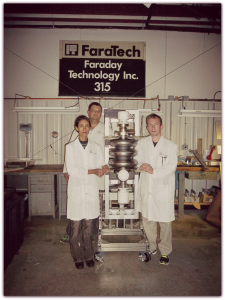 Photos and text by E. Jennings Taylor.
Photos and text by E. Jennings Taylor.
In a response to a recent call for photos, ECS Treasurer E. Jennings Taylor sent us some great shots of the innovative research coming out of Faraday Technology Inc. Here’s the first one:
Regarding this photo, it is a superconducting radio frequency (SRF) cavity made of niobium.
These SRF cavities are used in particle accelerators, such as the Large Hadron Collider (LHC) built by the European Organization for Nuclear Research (CERN), as well as accelerators for medical isotope production and ion therapy treatment.
So, why is this relevant to electrochemistry? The internal surface of these SRF cavities must be electropolished in order for them to achieve their particle accelerating characteristics. Faraday Technology Inc. electrochemists are developing a simpler, more cost effective electropolishing process based on pulse reverse electropolishing .
Take a look at the research in the Journal of The Electrochemical Society.
PS: Do you have interesting science photos you’d like us to share on the ECS Redcast Blog? Send your pictures and a short write-up to rob.gerth@electrochem.org. We’re always looking for great guest posts!


